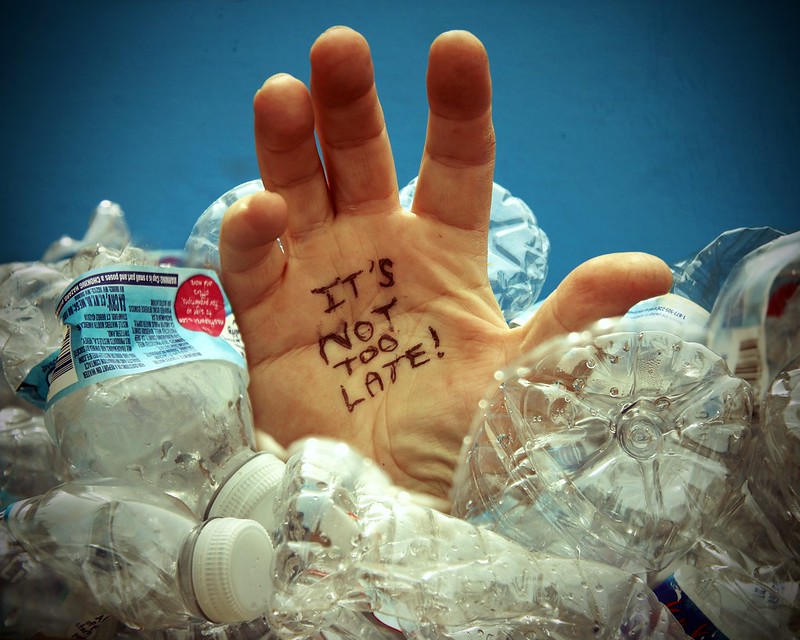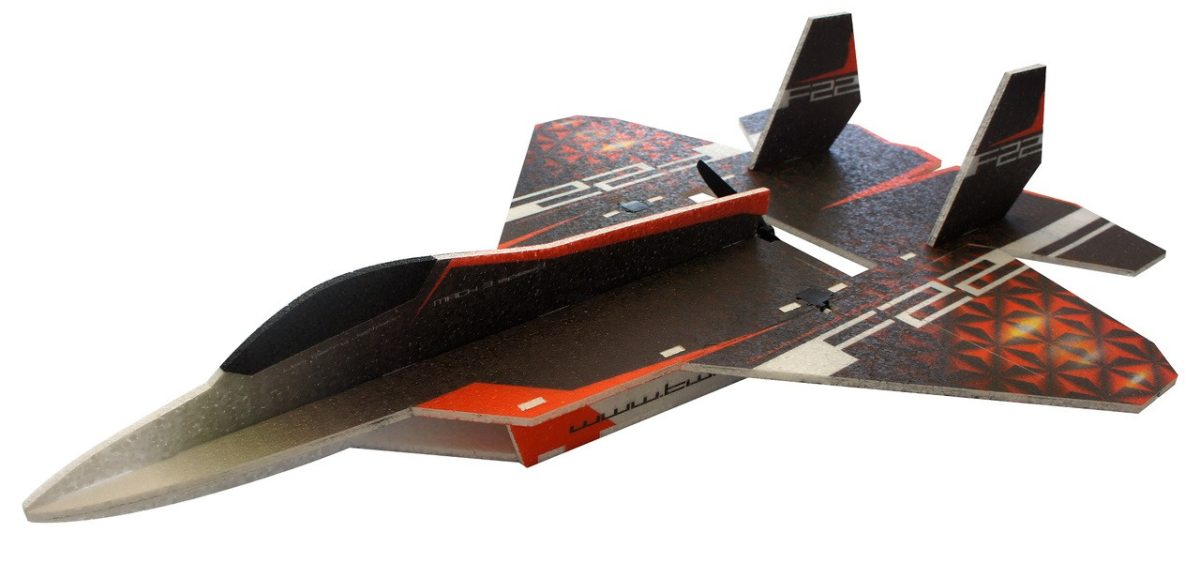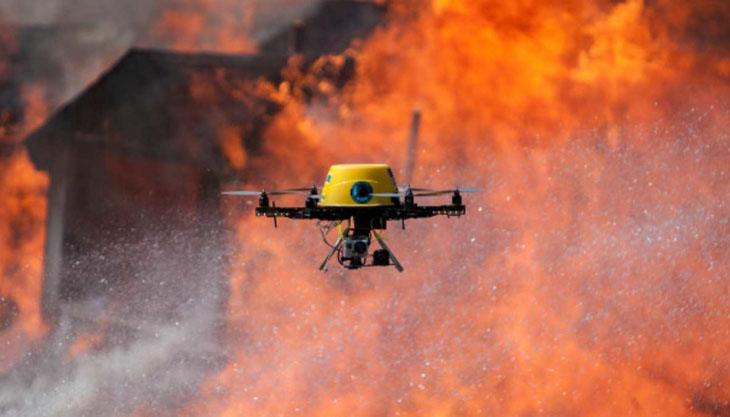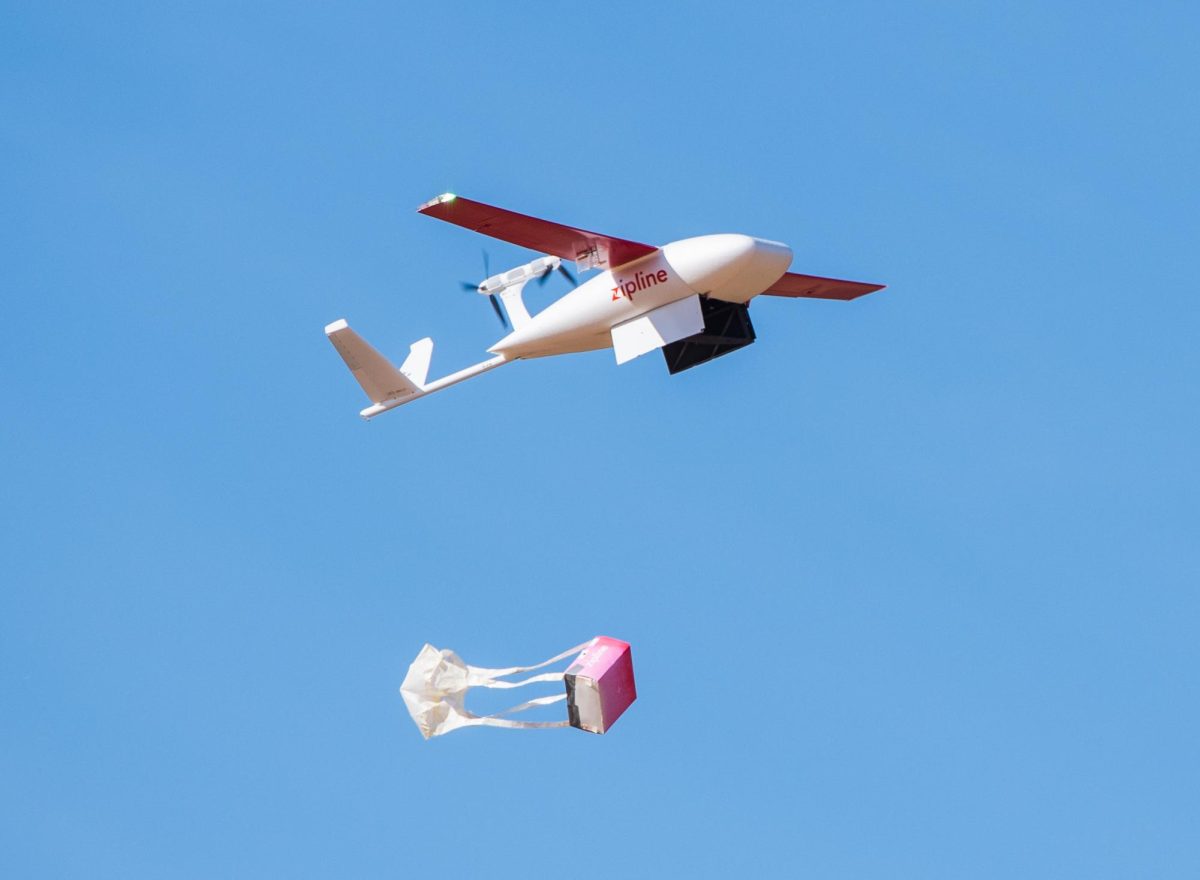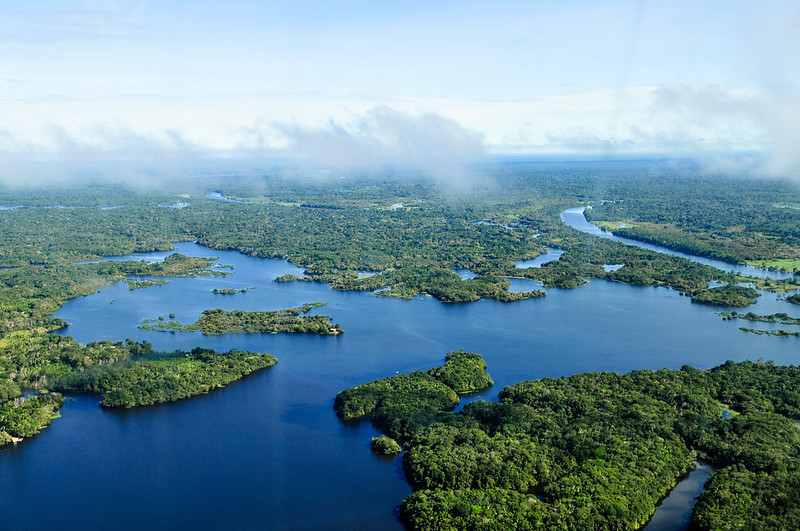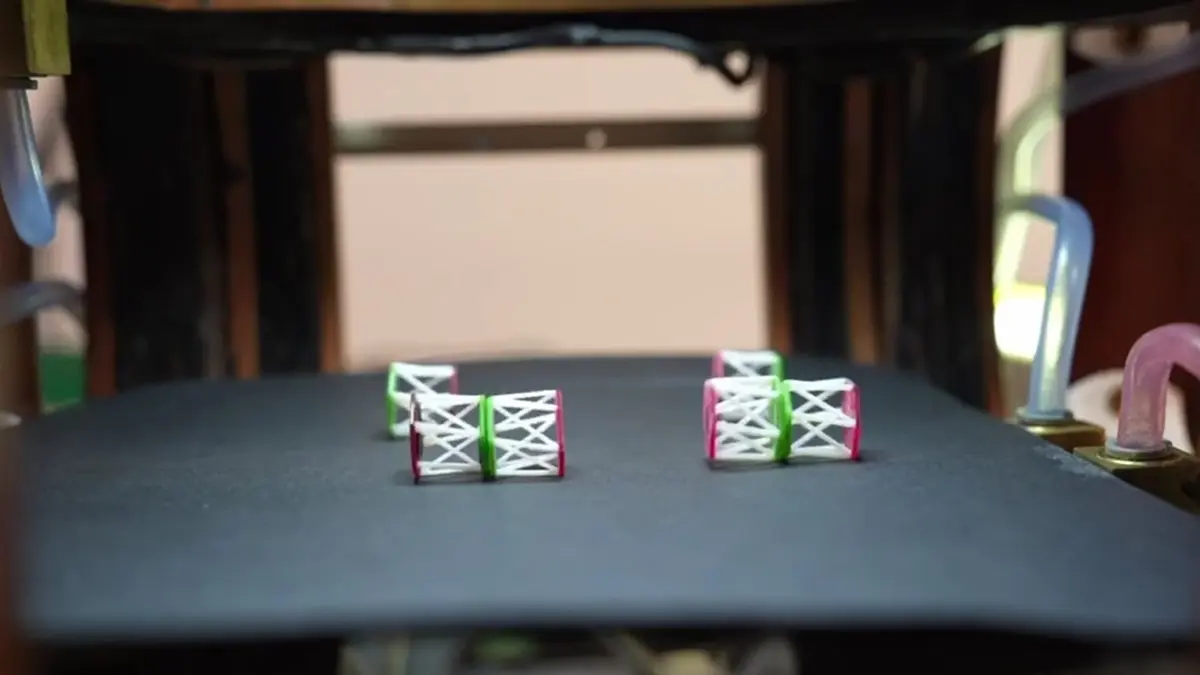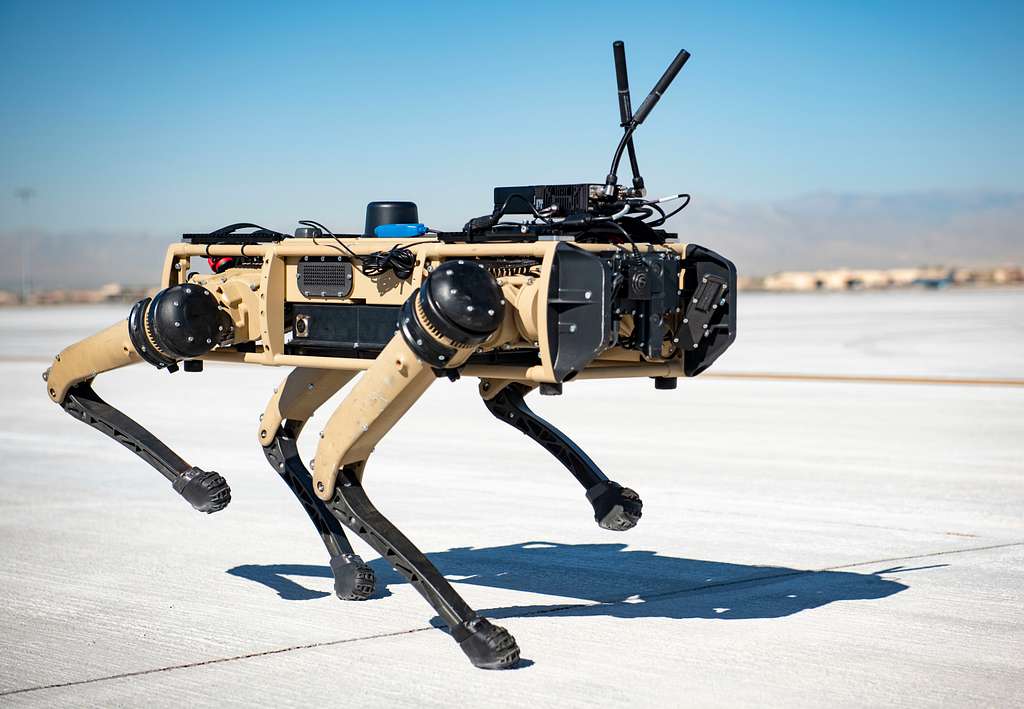Drones — small unmanned aircraft controlled remotely or flying themselves — are becoming part of everyday life. Right now they are used by farmers, emergency responders, delivery companies, and city governments, and that spread is changing how people work, how goods move, and how we study the natural world. These changes bring benefits like faster data collection and lower costs in some areas, but they also raise questions about privacy, noise, and environmental effects that communities must address.
Drones already affect society and the environment in several ways. In agriculture, drones give farmers a view of fields so they can apply water, fertilizer, and pesticides only where needed, reducing waste and environmental runoff. In emergency response and public safety, drones help find missing people, look at damage after storms, and deliver medical supplies to places that are hard to reach. At the same time, growing drone use has pushed governments to consider noise, safety, and privacy rules because drones can carry cameras and fly over neighborhoods.
Drones are also making life easier in many practical ways. Delivery trials and early services show that small packages can be transported faster over short distances, which can improve access to medicines and urgent supplies in country or crowded areas. For businesses and inspectors, drones lower the need to send people into dangerous places — for example, inspecting power lines, bridges, or rooftops — saving time and lowering risk. In farming, precision spraying and imaging save resources and can boost yields, which helps farmers and consumers.
Looking ahead, current trends suggest drones will become more common and more capable, and that could change cities, jobs, and the environment. Analysts expect the drone delivery market and commercial drone services to grow rapidly over the next decade. Future challenges include managing noise in private areas, protecting privacy as drone sensors improve, and training workers for new drone-related careers. To use drones more effectively, communities have clear rules, public engagement, quieter designs, renewable energy charging, and programs that direct drone use toward public good (e.g., medical delivery, environmental monitoring) rather than viewing alone.
In conclusion, drones are already transforming how we farm, deliver goods, and respond to emergencies, offering practical benefits while also creating social and environmental questions we must solve. By using smart policies, quieter and greener technology, and community input, society can capture the helpful parts of the drone revolution while reducing harms. Teaching students about both the engineering promise and the moral trade-offs will help the next generation build drone systems that are safe, fair, and sustainable.
Works Cited


